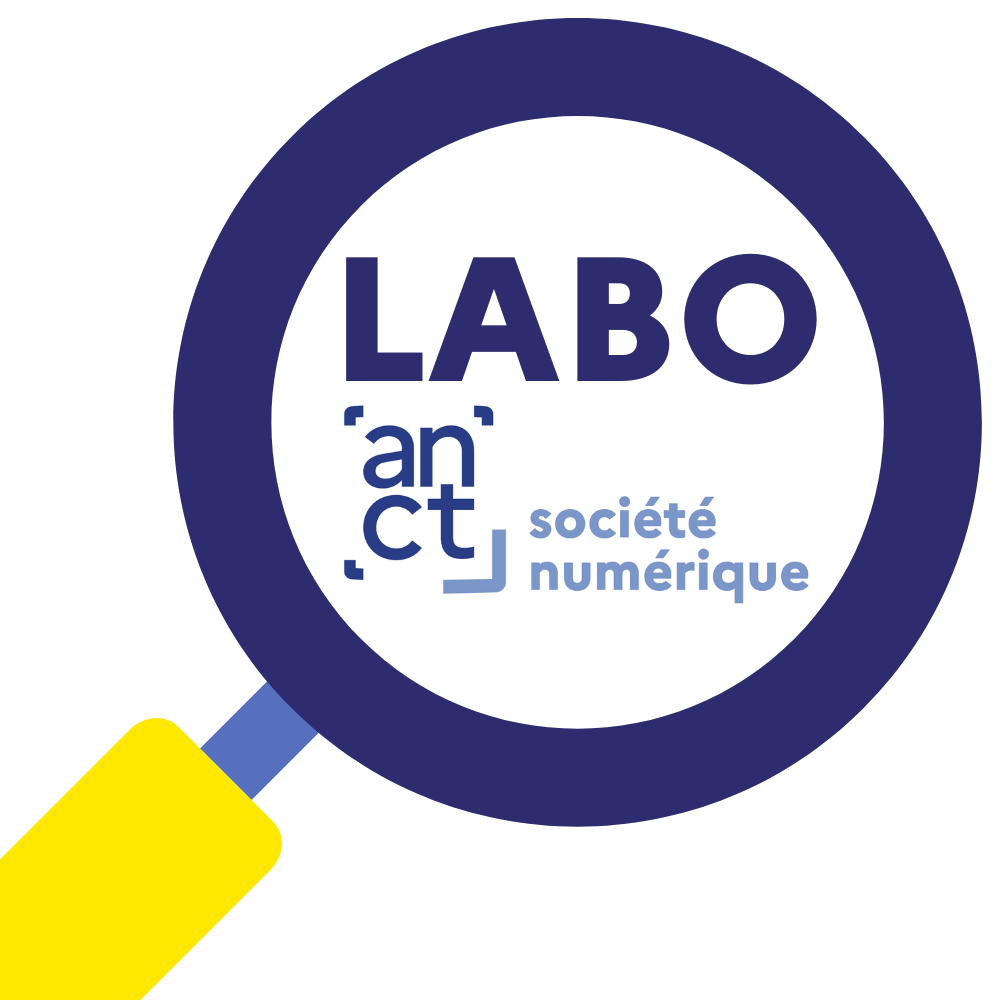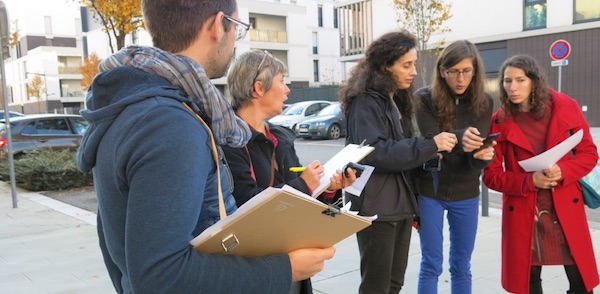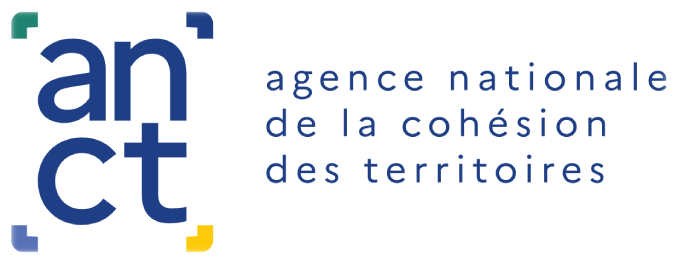Questioning the promise of a renewal of democracy through digital technology, the FING observed in 2015 that " digital technology has contributed to the progress of transparency but has not really shifted the power relationships. The Internet has allowed people to contribute, widened the circle of contributors, amplified mobilizations, and put many actors in a network. But it has also shown its limits. It has not reinvented the way of doing politics. Worse, it has often given the floor to those who already had it, favoring those who express themselves the best or the most, equipping communication rather than debate. In short, the Internet has promised too much, the democratic and participatory revolution hoped for by the pioneers has not taken place. The participative devices (whether digital or not) have remained isolated: the successful experiments remain in the realm of local best practices, without going to scale. (...) On the contrary, bottom-up, self-organized democracy, even if imperfect, is often stimulating.
The first results of the Capacity survey (supported by the Agence du Numérique) on the digital uses of the French people drew a mixed picture regarding the " digital transformation" of the forms of commitment and citizenship. While 32% of Internet users say they have already relayed a claim online, whether by email, on social networks or otherwise, and 44% of Internet users say they have already signed an online petition, 91% of them answered in the negative when asked "if the Internet had given them opportunities to become politically involved".
From the initial results, the Capacity team observed that " overall, the French do not seem to see the Internet as a way to participate more politically. Only a quarter agree that the Internet allows for a better understanding of political issues and only 29% agree that the Internet allows for greater political impact. The statement that the Internet allows people to express themselves more on political issues is more popular: just over a third of French people agree with this idea (20% somewhat agree and 15% strongly agree).
Two researchers of the GIS M@rsoin, Godefroy Dang Nguyen and Nicolas Deporte, have undertaken, in the meantime, to take a closer look at the results of the Capacity survey.
Four forms of digital collective action, four increasing levels of commitment
The Capacity questionnaire envisaged the collective digital action of an individual in four forms: signing an online petition, relaying a collective demand according to the broadest communication modalities (email, social networks, etc.), setting up a page or a Facebook group dedicated to a cause dear to the individual, and finally creating an online petition to carry such a cause.These four forms of digital collective action reflect a growing commitment on its part:
- Signing a petition is a fairly noncommittal act, which hardly exposes the individual. A petition is designed for the "multitude" and the act of signing leads one to melt into a collective in order to address the whole community at large.
- Using digital means to relay a collective claim aims to mobilize one's social network (in the primary sense of the term). This exposes the individual's commitment to the sight and knowledge of those who are more or less close to him and, in this sense, it is a stronger commitment than signing a petition. But it also relies on the facilities offered by digital technology (especially online social networks) to disseminate the claim, to inform as many people as possible and to make it a social, and therefore "civic", fact.
- Being at the origin of a collective action is even more engaging than following a movement. A Facebook page (...) mobilizes first of all the people around (the person's social network). It is necessary that this one relays the information so that the created page acquires a real visibility.
- Finally, creating a petition may seem just as easy as creating a Facebook page, but in reality it is more delicate, because it requires going through a specialized platform, in order to mobilize the largest number of people. Once this first step is done, you have to inform your own social network of the existence of the newly created petition and invite your "friends" to spread this information.
Signing a petition: a marker of generation, gender and intensity of digital practices
Godefroy Dang Nguyen and Nicolas Deporte have undertaken to profile the people who practice these various forms of digital collective action.We learn that petition signing is more likely to be done by women. "They are 1.9 times more likely than men to do so often. There is no immediate explanation for this more collective behavior, especially since this gender variable does not play a role in other forms of commitment.
- Petition signing is more common among urban residents than rural residents.
- Age also plays a role: 18-24 year olds sign less than other age groups and the effect is particularly strong for the over-50s who sign much more than the 18-24 year olds (5 times more likely to sign a petition often for the 50-64 year olds, 4 times more for the over-65s).
- Workers and farmers are more likely to say they never sign petitions.
- This relation also exists for the level of education: the persons having a level of education of the type College or CAP/BEP say more frequently never to sign petitions, while the levels of education of the type short or long superior say more frequently to do it often.
- Online sociability also comes into play: people "who interact a lot with other people are more likely to sign online petitions often."
Références :





